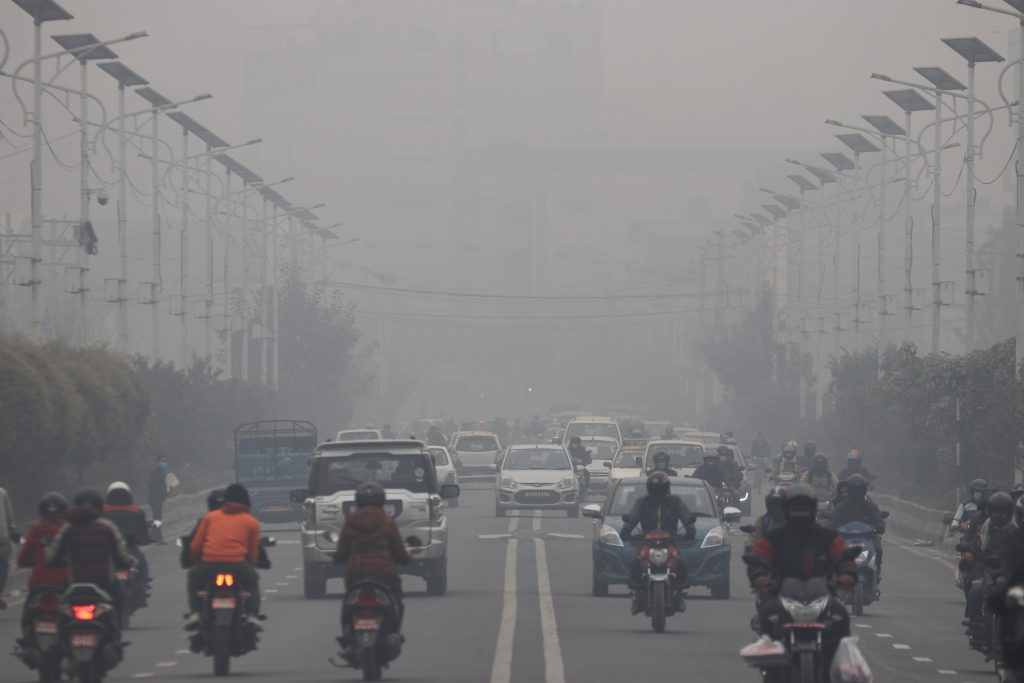
Domestic abuse represents a major issue in Nepal, particularly impacting women and girls throughout the country. Despite legislative restrictions, violence continues in a variety of forms, including physical and emotional abuse, rape, trafficking, forced prostitution, and female infanticide. Cultural standards, which are based on patriarchal institutions, frequently give men more power and control in families, continuing the cycle of violence.
Domestic violence affects every category of society in Nepal, including both urban and rural locations. However, victims frequently find it difficult to come out against their abusers owing to feelings of shame, stigma, and fear. The intimate aspect of domestic violence complicates the reporting process, resulting in severe underreporting.
Perpetrators and survivors
According to Nepal’s National Demographic Health Survey (2016), 84 per cent of ever-married women who have suffered physical violence blame their present husbands for the abuse. Furthermore, 11 per cent of women describe ex-spouses as abusers. It is vital to recognise that domestic violence can also be perpetrated by other family or household members, emphasising the pervasiveness of the problem.
In Nepal, domestic violence has been a major problem, especially during the pandemic, when there has been a discernible rise in incidents. A total of 14,774 incidents of domestic abuse were reported in the fiscal year 2018–19, according to statistics from the Nepal Police’s Women, Children, and Senior Citizens Service Directorate.
Based on statistics compiled by WOREC Nepal, the majority of the 1319 incidents of domestic abuse involve women. Eighty of the total reported VAW instances (66.72 per cent) included domestic violence, with the spouse accounting for ninety per cent (790) of the perpetrators and family members accounting for the remaining ten per cent (90). Eighty-seven per cent (764) of domestic abuse survivors were literate, 39 per cent (339) of women aged 17 to 25 and 38 per cent (337) of women aged 26 to 35 are severely impacted by domestic violence.
A total of 1,267 calls regarding domestic violence were received by the Nepal Women Commission (NWC) between March 24, 2020, and July 21, 2020, during the first lockdown. The Women’s Rehabilitation Centre (WOREC) recorded a range of violent episodes between April 29, 2021, and May 29, 2021. Of the 200 women polled, 45 per cent reported having experienced domestic abuse.
In addition, the Nepal Police recorded 31,568 instances of crimes against women and girls between July 2021 and July 2023. It’s crucial to remember, too, that incidents probably go unreported because of pressure from families and society.
The legal structure and safeguards

One of the most important pieces of legislation to combat domestic abuse in Nepal is the Domestic Violence Act of 2066. It provides a comprehensive definition of domestic violence that includes abuse in familial relationships on all fronts—physical, mental, sexual, and financial. To provide prompt assistance and legal redress for victims, the act forbids domestic abuse (Section 3) and provides guidelines for reporting incidents (Section 4).
After receiving a complaint, the court must handle the issue by Section 5 of the legislation, which guarantees responsibility and due process. While in-camera procedures (Section 7) ensure privacy and lessen re-traumatisation during judicial processes, temporary protection orders (Section 6) demonstrate a commitment to prioritizing victim safety.
Section 9 of the legislation requires those who commit domestic violence to pay for the care of their victims because it acknowledges the financial and medical costs associated with such behaviour. This clause guarantees that those who damage victims will be held accountable for their actions, which emphasizes the need for accountability. When offenders cannot afford the fees of treatment, the court may require service centres to step in and help, guaranteeing victims’ access to critical medical care.
Compensation and Penalties
To encourage restitution and rehabilitation, Section 10 of the act mandates that victims get compensation based on the type and intensity of the abuse. Furthermore, to prevent future breaches and to reflect the seriousness of the offence, Section 13 imposes penalties on offenders of domestic violence that range from 3,000 to 25,000 rupees in fines and up to six months in jail.
The Nepali government has created Service Centers (Section 11) and a Service Fund (Section 12) in addition to legislative measures to offer victims of domestic abuse prompt protection and assistance. These programs highlight a comprehensive strategy that addresses the legal, social, and economic aspects of domestic abuse. Service centres meet the varied requirements of survivors and aid in their recuperation by providing necessary services including counselling, housing, and legal assistance.
Challenges and future directions
Nepal continues to have difficulties in fighting domestic abuse despite its legislative measures and social programmes. Institutional barriers, sociocultural norms, and economic inequality all continue to impede successful preventative and response initiatives. Going forward, the community as a whole, government institutions, and civil society organizations must work together in unison. To achieve this, it is necessary to increase public awareness, advance gender equality, fortify legal systems, and improve victim assistance programmes.
In conclusion, Nepal’s efforts to prevent domestic abuse and defend the rights of people in close relationships have made major advances forward with the passage of the Domestic Violence Act of 2066. The act emphasises a commitment to guaranteeing justice, safety, and dignity for everyone by characterising different types of abuse, recommending preventative measures, and defining legal redress for victims. To eliminate the evil of domestic violence from society, however, constant efforts are needed to address systemic issues and underlying socio-cultural causes.


















